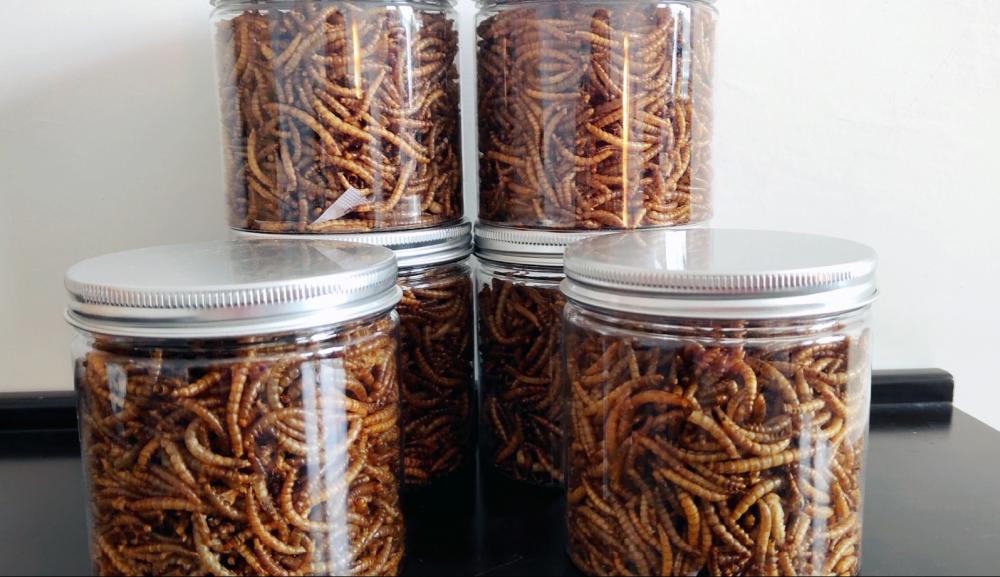Australian freshwater lobster, known as red crawfish, is one of the world's most expensive freshwater economic species of shrimp. It is native to the tropical regions of northern Australia and is known as Australia's freshwater lobster because it resembles a lobster in the sea. In the last century, Australian lobsters that people ate had to be airlifted from Australia to Hong Kong and then to the mainland, which was expensive. Because Australian lobster is rich in high-protein, low-fat and essential calcium and amino acids, since the 1980s, the United States, Japan, and Southeast Asia have gradually introduced commercial aquaculture.
Australian lobsters are much smaller than seawater lobsters and their shells are cyan. According to farmers, Australian lobsters can be eaten as long as 75 grams or so, and can grow up to 250 grams in length. The taste is very fragrant and crisp. It can survive at least 5 hours after leaving the water, up to 3 days, which is conducive to transport. Due to the low spawning of Australian lobsters, a shrimp mother only produces about 100 eggs at a time and the hatching rate is low, so the output has not been high and the market is in short supply.
Ecological habits
Red-claw (REDCLAW), China Calls Australia's freshwater crayfish (cherax quadricarinatus) native to Australia and naturally distributed in rivers in areas such as North Queensland. Farming has been developed since 1985 and has become the most abundant area in Australia and even in the world. The shrimp is fast growing, adaptable, resistant to disease, miscellaneous, resistant to hypoxia, resistant to high temperatures, and tender and tasty. The largest individual is 600 grams (discovered in Australia). All countries in the world have conducted a complete study of their ecological laws and have initially established a systematic breeding model. China has also enjoyed good development in recent years and has expanded its production scale to supply the market.
feature
The red-crawfish crayfish belongs to the order Decapoda, which is intended to be from the genus Polygonaceae and light-shelled shrimp. The entire shrimp body is covered with chitinous carapace and is smooth in appearance. It consists of 20 sections of cephalothorax and abdomen. Its body color is brownish green with a bright red pattern. A small part of the sky basket color. Five pairs of chest feet, six tentacles, a fan-shaped tail, five. There is a layer of bright red film on the outer side of the base of the adult clawed chela, but the female does not have genitalia on the chest.
Habits
Chaetoceros is a benthic reptile, hi water, living water, happy group, like the night out activities, most of the evening and pre-dawn food, but feeding during the day, the Shrimp Feed, often inhabit water in the more Concealed place, with anti-water movement characteristics. The shrimp has wide adaptability to air temperature, survival temperature is 3-37, optimum growth temperature is 18-32, it is resistant to hypoxia, and can grow in various inferior water bodies. Red snapjacks do not like fighting and killing each other and can tolerate high-density environments. There is no official authoritative research report on the fratricide, but the breeding practice shows that when the shrimps are severely deprived of oxygen, they will fight each other and when the feed source is extremely deficient, they will eat themselves.
There will be multiple peelings during the entire growth of the red clam crayfish, and the peeling will take place in the evening and in shallow water areas. The process generally takes 10-30 minutes. After peeling, the shrimp body is 15%-35% larger than the original body. . With the growth of the shrimp, the time span for peeling is longer. The shrimp is a broad-spectrum miscellaneous animal, animal-based food (fish and snail, etc.), and plant food (root-leaf of green aquatic plants) as supplements. In artificial feeding, commercially-available compound feed is There can be good growth.
Advantage
The artificial cultivation of freshwater crayfish in Australia is congenitally contributing to its excellent ecological characteristics:
A. The growth rate is fast. The 3--6cm shrimp seedlings can be marketed for 4 to 5 months (listing specification is 60--200g).
B The air temperature is widely adaptable. The safe temperature is 3-37, the optimum growth temperature is 18-32, and the cultivation time is long. The north and south of China can be cultivated.
C Individually moderate, can be listed live. The survival rate of shrimps is even higher (3--6cm) and reaches 90%. The yield per mu is between 220-250kg.
D Resistant to hypoxia (aquaculture without aerators) can tolerate a variety of inferior water bodies, resistant to transportation (dry and short-haul dry transport, local and airborne oxygenated transport).
E Eating habits require low feed protein, fine intestinal meat, low food intake, and lower feed costs.
F Strong disease resistance, no major disease has been found so far.
The yellow mealworm is not only rich in protein, fat, polysaccharid and other organic macromolecular nutrients, but also rich in phosphorus, potassium, iron, sodium, aluminum and other trace elements. For every 100g of the yellow mealworm larvae, the protein content of dry powder is between 48% and 54%, the fat content is between 28% and 41%, and the contents of vitamin E, B1 and B2 are also high. Therefore, the yellow mealworm can provide high quality protein for the snake.

Snake Feed,Corn Snake Food,High Pure Snake Feed,High Quality Snake Feed
Fenxi Kangruilai Biotechnology Co., Ltd. , https://www.kangruilai-petfeed.com